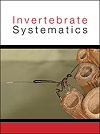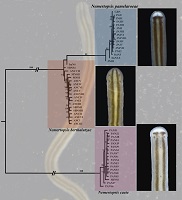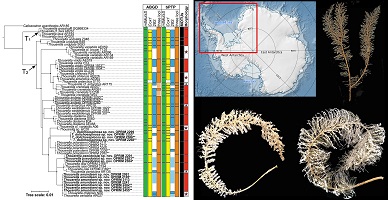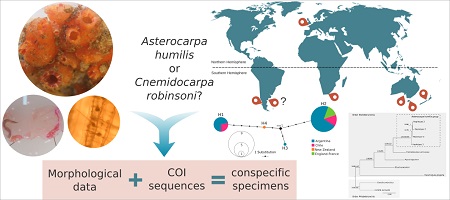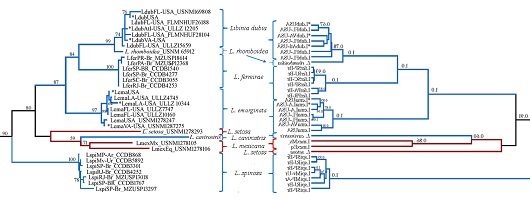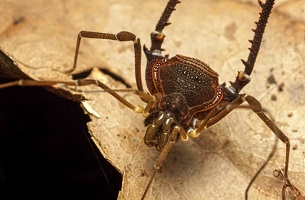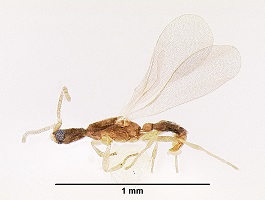
Next-generation sequencing has helped phylogenetic resolution across the tree of life, but molecular data may be inaccessible for rare extant taxa. Here, the phylogeny of the ant subfamily Leptanillinae (Hymenoptera: Formicidae) is jointly inferred from 11 nuclear loci and male morphology. This methodology resolves the affinity of the enigmatic genus Phaulomyrma, which is known only from males and has not been sequenced. Therefore, this study demonstrates the utility of a total-evidence approach in resolving the phylogeny of extant organisms for which molecular data are difficult to acquire.


